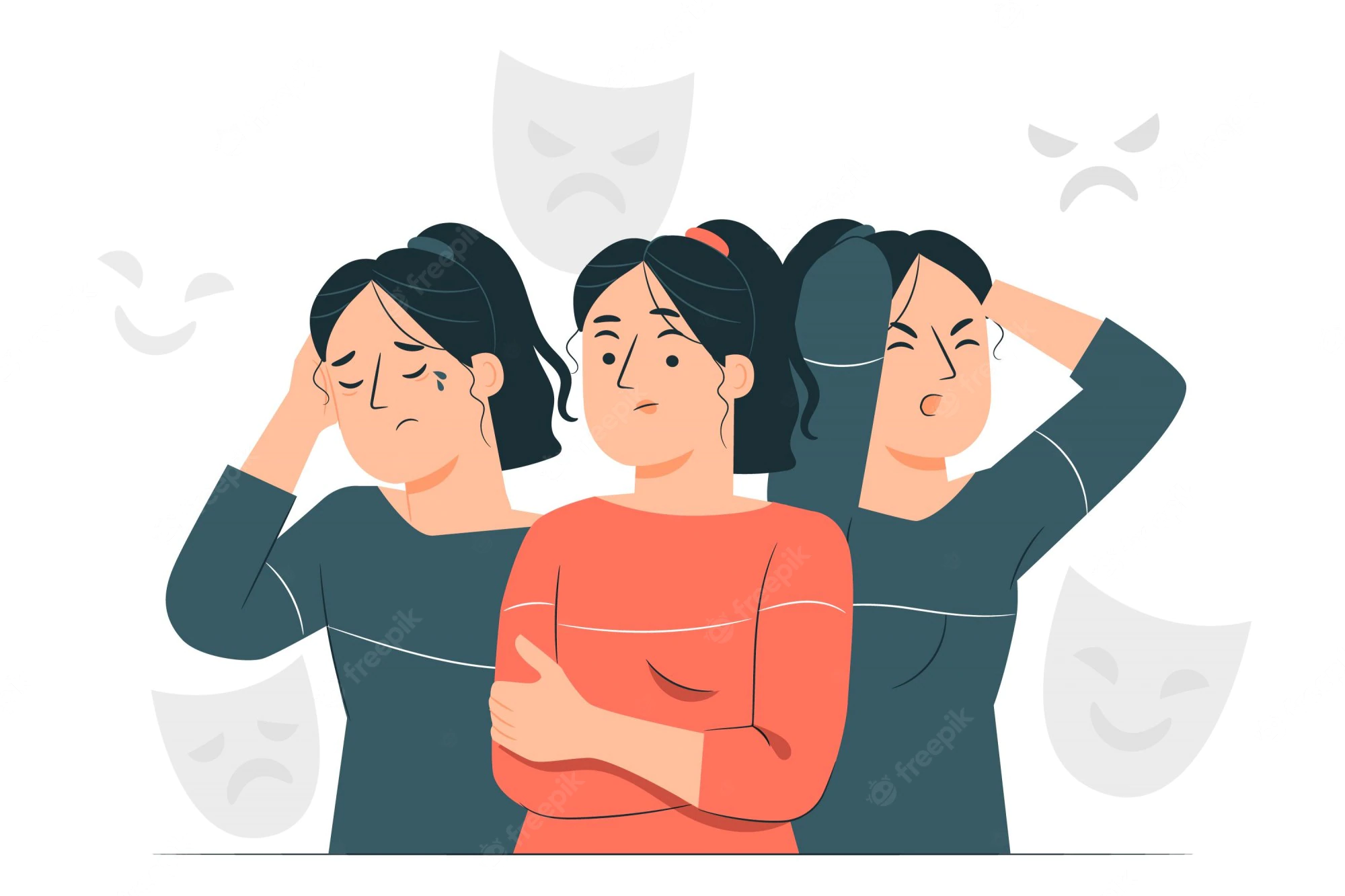5 Powerful Impacts of the Schedule H Drug Portal Chandigarh on Preventing

Schedule H drug portal Chandigarh is a digital monitoring platform designed to control the over-the-counter sale of prescription drugs that fall under Schedule H of the Drugs and Cosmetics Act, 1940. This initiative by the Chandigarh Administration addresses a growing public health crisis—the misuse of Schedule H medicines such as opioids, sedatives, antibiotics, and psychotropics.
While the nasha mukti kendra in India network has long struggled with cases of addiction triggered by easily available prescription drugs, this tech-based intervention is a game-changer. By tracking the supply chain from pharmacies to patients, the Schedule H drug portal Chandigarh aims to prevent unauthorised sales and stop dependency before it starts.
This article examines how the portal is transforming healthcare governance, safeguarding public health, and facilitating de-addiction services, such as Prayas Sewa Samiti and other nasha mukti kendras, in India.
Tackling Drug Misuse with the Schedule H Drug Portal Chandigarh
1. Schedule H Drug Portal Chandigarh: What It Is and How It Works
The Schedule H drug portal in Chandigarh is a government-developed online system that mandates licensed pharmacies in the Union Territory to log all sales of Schedule H drugs in real-time. These include medicines that cannot be sold without a valid prescription from a registered medical practitioner.
Key features of the portal:
-
Digital tracking of Schedule H medicine transactions
-
Mandatory patient and doctor details input for every sale
-
Alert system for unusual buying patterns or bulk purchases
-
Integration with the nasha mukti kendra in India to flag abuse-prone areas
-
Dashboard for law enforcement and regulatory authorities
By implementing this, Chandigarh has become the first UT in India to leverage real-time monitoring for Schedule H drug sales.
2. Preventing Prescription Drug Addiction: A Timely Intervention
According to multiple studies, a significant percentage of new addicts entering nasha mukti kendra in India report prior dependence on easily accessible drugs such as:
-
Codeine-based cough syrups
-
Alprazolam and Diazepam
-
Tramadol, Tapentadol
-
Antibiotics are misused for unintended effects
The Schedule H drug portal Chandigarh directly addresses this by:
-
Reducing black-market diversion of prescription drugs
-
Making pharmacists accountable for over-the-counter misuse
-
Flagging patients with repeat or frequent purchases
-
Supporting early referrals to Nasha Mukti Kendra in India
This intervention aligns with national mental health policies that emphasize prevention over treatment.

3. How the Portal Supports Nasha Mukti Kendra in India
The synergy between the Schedule H drug portal Chandigarh and the nasha mukti kendra in India lies in data sharing and coordinated response.
Here’s how it works:
-
When a patient is flagged for frequent Schedule H purchases, their data (while anonymized) is shared with nearby health departments.
-
These departments connect with Prayas Sewa Samiti or other nasha mukti kendras in India to send outreach workers.
-
Potential at-risk users are encouraged to seek counseling, detox, or outpatient rehab.
-
Pharmacies are educated about de-addiction referral networks.
This multi-pronged approach ensures the system doesn’t just monitor but also rehabilitates.
4. Pharmacies, Doctors, and Accountability
Before this portal, pharmacists operated with considerable discretion. Often, Schedule H drugs were sold without valid prescriptions, either due to ignorance or under-the-table arrangements.
With the Schedule H drug portal Chandigarh, now:
-
Pharmacists must upload doctors’ prescriptions to process any Schedule H sale.
-
Prescribers are also tracked—repeat prescription generators for high-risk medicines are reviewed.
-
Surprise audits are conducted if red flags arise.
-
Both pharmacists and doctors are trained to guide patients to the nasha mukti kendra in India when signs of misuse appear.
Thus, the portal not only polices but also educates and involves private healthcare in the addiction prevention ecosystem.
5. Reducing Youth Exposure to Addictive Medications
Punjab, Haryana, and Chandigarh have seen rising rates of youth dependence on Schedule H substances. In schools and colleges, the misuse of painkillers, cough syrups, and psychiatric meds has become alarmingly common.
The Schedule H drug portal in Chandigarh creates multiple barriers to misuse:
-
No teen can walk into a pharmacy and buy Tramadol without a prescription and Aadhaar-linked validation.
-
Repeat purchases are traceable even across multiple pharmacies.
-
Awareness campaigns backed by portal data are held in collaboration with Nasha Mukti Kendra in India and NGOs like Prayas Sewa Samiti.
By addressing the supply-side loopholes, the portal reduces the likelihood of first-time abuse among youth.

6. Empowering Law Enforcement and Health Regulators
Chandigarh’s Drug Controller Office, in partnership with the police, uses data from the Schedule H drug portal Chandigarh to:
-
Identify high-risk zones where drug sales are abnormally high
-
Conduct sting operations on rogue pharmacies
-
Suspend licenses of non-compliant chemists
-
Monitor real-time compliance via a centralized dashboard
Law enforcement is now more data-driven and responsive. The information loop with Nasha Mukti Kendra in India helps authorities understand on-the-ground realities.
7. Transparency and Civil Society Engagement
The portal isn’t just for bureaucrats—it involves community stakeholders.
Prayas Sewa Samiti regularly accesses aggregated portal data to:
-
Analyze trends in urban vs rural drug sale patterns
-
Target specific communities for awareness campaigns
-
Train local volunteers to recognize prescription abuse signs
-
Refer patients to a certified nasha mukti kendra in India
Monthly reports from the portal are also available to public health researchers, journalists, and NGOs, creating a transparent feedback loop.
8. Challenges Faced by the Schedule H Drug Portal Chandigarh
No system is perfect, and the Schedule H drug portal Chandigarh is still evolving.
Current limitations include:
-
Resistance from local chemists who find digital entry burdensome
-
Patients feel “tracked” and reluctant to seek medications even when needed
-
Data entry errors leading to false alerts
-
Integration issues with the nasha mukti kendra in India in other states
However, through continued training, tech support, and stakeholder consultations, Chandigarh is working to overcome these challenges. Prayas Sewa Samiti is also playing a key role in bridging community gaps and building trust in the system.
9. National Replication: Can It Work Beyond Chandigarh?
Given its success, the Schedule H drug portal in Chandigarh could become a model for nationwide replication.
States like Maharashtra, Kerala, and Himachal Pradesh have shown interest in piloting similar platforms. If implemented effectively, this could create:
-
A national registry of high-risk prescription drug trends
-
Standardized referral pathways to Nasha Mukti Kendra in India
-
Stronger pharmacist education and certification systems
-
Public access dashboards to improve transparency
The Indian government’s Digital Health Mission could integrate such portals for nationwide impact.

10. A Roadmap for Safer Medicine and Stronger Recovery Systems
Looking forward, Chandigarh plans to enhance the portal by:
-
Adding biometric verification to avoid identity fraud
-
Integrating with hospital EMRs for seamless prescription tracking
-
Expanding it to include Schedule X and psychotropic drugs
-
Enabling direct linkages with Prayas Sewa Samiti and other nasha mukti kendras in India via app notifications
This forward-thinking roadmap will ensure the Schedule H drug portal in Chandigarh is not just a tracking tool but a cornerstone of a compassionate, connected healthcare system.
Conclusion: Schedule H Drug Portal Chandigarh Is a Preventive Revolution
The Schedule H drug portal Chandigarh is a visionary response to one of India’s most silent yet dangerous epidemics—prescription drug misuse.
It closes the loopholes that allow abuse, educates stakeholders, and empowers law enforcement. Most importantly, it prevents thousands from falling into the cycle of dependency that leads many to nasha mukti kendra in India.
With organizations like Prayas Sewa Samiti supporting its outreach and integration, this portal is not just about regulation—it’s about rehabilitation, responsibility, and results.